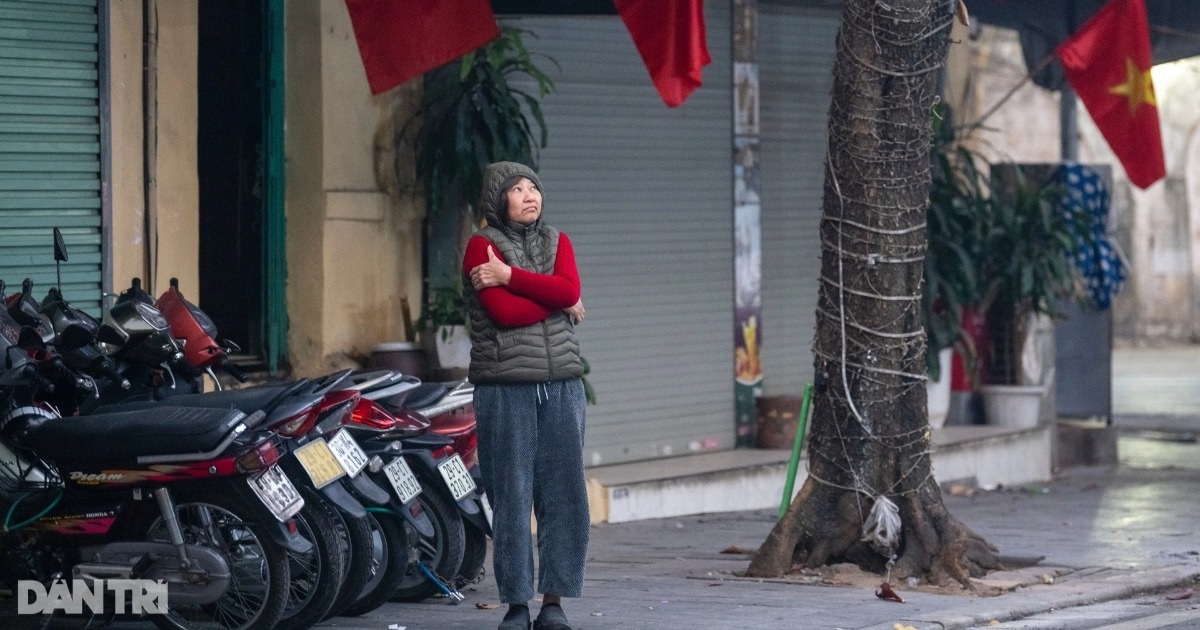تُعتبر معالم نُحُل نُوْن نَوْر في دانانغ منذ زمن طويل واحدة من أبرز الوجهات السياحية الروحية والثقافية في فيتنام. بجمالها الطبيعي الذي يمزج بين القيم التاريخية والدينية، تستقطب هذه المنطقة الزوار المحليين والأجانب على حد سواء، حيث تعتبر وجهة مفضلة للعديد من السياح الدوليين.
موقع وخصائص الجغرافيا الطبيعية لنُحُل نُوْن نَوْر
تقع منطقة معالم نُحُل نُوْن نَوْر في جنوب شرق مدينة دانانغ، وتضم ست قمم رئيسية هي: قمة الماء، قمة الذهب، قمة النار، قمة التراب، وقمة الخشب. من بينها، تتميز قمة الماء بأجمل المناظر الطبيعية وأهم الآثار التاريخية. كما تحتوي المنطقة على العديد من الكهوف المدهشة التي تحمل بصمات ثقافة بوذية وتاريخ الشعب.
منظر شامل لنُحُل نُوْن نَوْر من الأعلى، مع القمم الصخرية الشاهقة.
كهف هِيَانْ قُوَّانْ – اللؤلؤة الثمينة في الطبيعة
يقع كهف هِيَانْ قُوَّان على قمة الماء، وهو واحد من أبرز المعالم في المنطقة. يتميز الكهف بمدخله الواسع وسقفه المستدير، ويحتوي على الكتابة الثلاثية “هِيَانْ قُوَّانْ” بتصميم فخم. داخل الكهف، يعكس الضوء الطبيعي على الصخور الرخامية لخلق مشهد ساحر ومذهل.
داخل كهف هِيَانْ قُوَّان، يندمج الضوء الطبيعي مع الصخور الرخامية لإنشاء جمالية خيالية.
في أعلى الكهف، توجد تمثال بوذا التاريخي الشامخ، بينما تحته هناك مذبح للمعبود تاي تانغ والمعبد الخاص بآلهة الطبيعة. بالإضافة إلى ذلك، يحتفظ الكهف بكنز من النقوش الصينية واليابانية، والتي اعترف بها اليونسكو كتراث عالمي للذاكرة في آسيا والمحيط الهادئ.
الكهوف السحرية الأخرى
بخلاف كهف هِيَانْ قُوَّان، تضم نُحُل نُوْن نَوْر أيضًا العديد من الكهوف مثل كهف فُون تُونغ وكهف يِنْ فُو. يأخذ كهف فُون تُونغ شكل أنبوب دائري يقود إلى قمة الجبل، ويحتوي على لوحة محفورة بعبارة “نُوْنْ يُوْنْ سُونْ”. أما كهف يِنْ فُو، فيقع في الجنوب الشرقي لقمة الماء، ويعتبر مشهورًا بنسيجه المظلم والغامض الذي جعل الإمبراطور مينه مانغ يطلق عليه هذا الاسم.
كهف يِنْ فُو يحمل جمالية مظلمة ومثيرة للإحساس بالغموض والسكينة.
معبد لِينْ يُونْغ ومُتْرِيْنْغ – مكان الحفاظ على الثقافة الروحية
على قمة الماء توجد أيضًا المعابد الشهيرة لِينْ يُونْغ ومُتْرِيْنْغ. من بينها، تم بناء معبد مُتْرِيْنْغ في عام 1630، وهو أحد أقدم الأعمال الهندسية الدينية في المنطقة. أمام بوابة المعبد، توجد شجرتان ضخمتان تشبهان حارسين، مما يضيف جوًا من الرهبة والبرودة إلى المنطقة المحيطة.
معبد مُتْرِيْنْغ هو رمز التقاء الثقافة البوذية والهندسة التقليدية الفيتنامية.
مهرجان كوان تاي أم – هوية الثقافة الروحية
من المميزات الرئيسية لنُحُل نُوْن نَوْر هو مهرجان كوان تاي أم، الذي يقام في اليوم التاسع عشر من شهر فبراير农历



